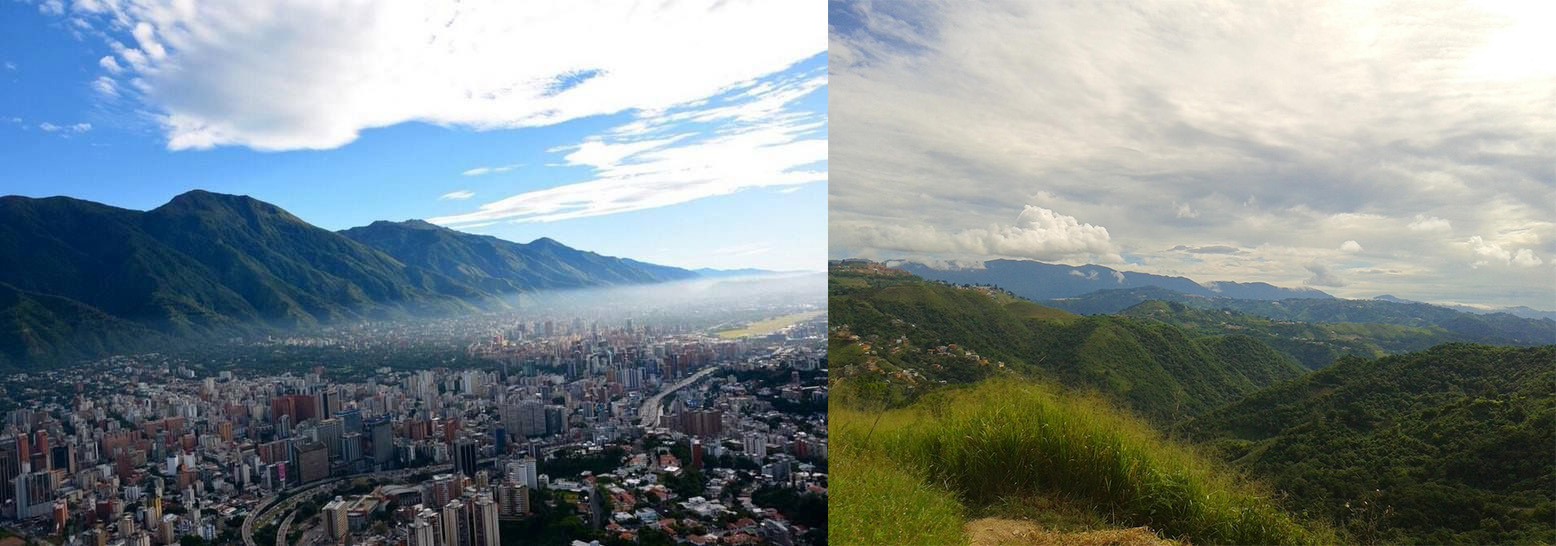
Uploaded on 2020-07-09 by Elisa Blanco
2. The western and south-western parts, which are more densely populated and have more built areas, have an average temperature of 28º to 34ºC in the hotter months, while the rest of the city, largely the eastern and south-eastern parts, have an average temperature of 24º to 27ºC. This is a significant difference that could be attributed to the UHI effect. I am including 2 images (not taken by me): one of the central part of the valley of Caracas, where the smog and the heat are commonly stronger; and one of El Hatillo, a municipality of Caracas that is considered largely rural. It has a lower density, plenty of vegetation and is located at a higher altitude, thus resulting in a notably cooler and more comfortable temperature than the rest of the city. 3. Caracas' location and tropical climate make it very green in terms of vegetation, which helps in reducing the UHI effect. However, it could not be considered sustainable. Gasoline is very cheap, so the use of cars is very high. I would propose championing the use of electric/hybrid cars and other forms of sustainable transportation (eg. bicycles). 4. No, I don't think there are any.